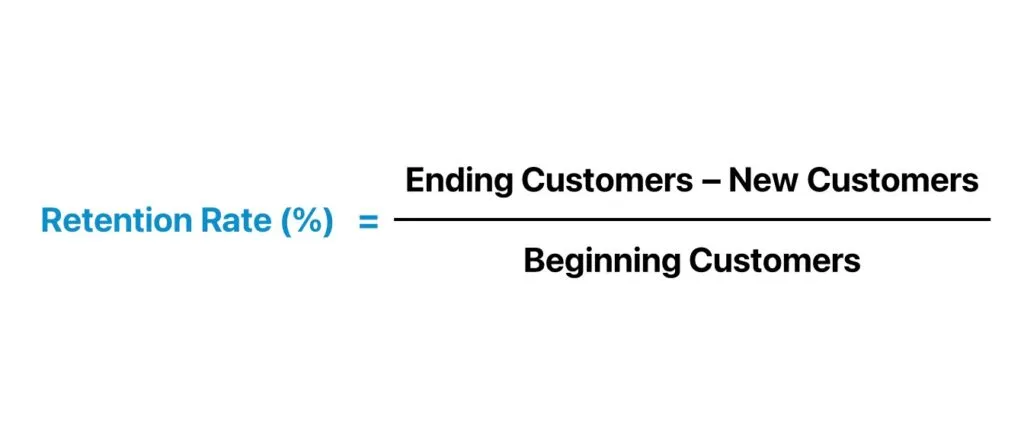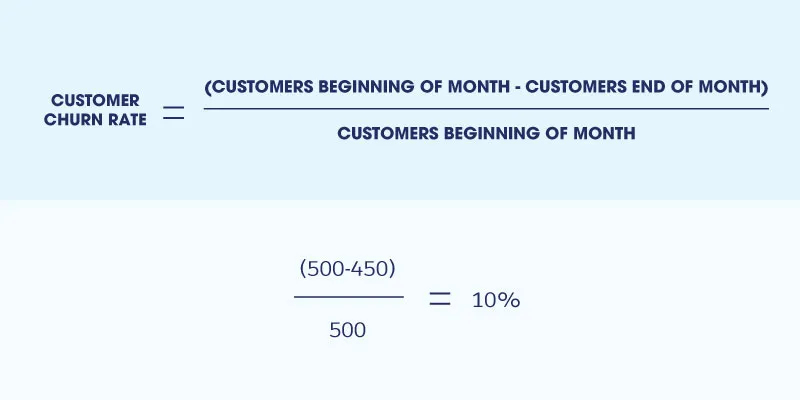In today's competitive digital landscape, keeping users engaged and coming back for more is crucial for any app, website, or service. This is where user retention comes in. User retention refers to the ability of a company to keep its users over a set period. It's a measure of how effectively your product or service meets user needs and expectations, encouraging them to return and continue using it. This article will talk to you about what user retention is and how to measure it.
What is User Retention
User retention refers to the ability of a company to keep its users over a specified period. It's a measure of how effectively a product or service meets user needs and expectations, encouraging them to return and continue using it. High user retention rates indicate strong customer satisfaction and loyalty, which are essential for long-term success.

Measuring User Retention
Effectively measuring and improving user retention is critical for any product or service. By understanding how many users keep coming back, you can gauge your product's value and make data-driven decisions to improve user engagement. Here are the key metrics to track:
User Retention Rate

This metric represents the core of user retention. It calculates the percentage of users who continue using your product after a specific period, such as a week, month, or year. A high retention rate indicates a successful product that users find valuable.
The formula for calculating the user retention rate is:
(Number of users at the end of the period / Number of users at the beginning of the period) x 100
Here's a breakdown of the steps involved:
- Define the time period: Retention rate can be measured over various time frames, such as a week, month, quarter, or year. Choose a period that aligns with your business goals and user lifecycle.
- Identify user counts: You'll need data on the number of users at the beginning and end of the chosen period. This data can come from your user management system, analytics platform, or CRM.
- Calculate the ratio: Divide the number of users at the end of the period by the number of users at the beginning.
- Express as a percentage: Multiply the result from step 3 by 100 to get the user retention rate as a percentage.
For example, if you have 1000 users at the beginning of a month and 800 users at the end, your monthly retention rate would be:
(800 users / 1000 users) x 100 = 80%
This indicates that you retained 80% of your users over the course of that month.
Churn Rate

The flip side of the coin, churn rate, measures the percentage of users who stop using your product within a given timeframe. By analyzing the churn rate alongside the retention rate, you can identify areas for improvement and address factors leading users to abandon your product.
Formula:
Churn Rate = (Number of churned users within the period / Number of users at the beginning of the period) x 100
Breakdown:
- Identify Churned Users: A churned user is someone who has stopped using your product within the specified time frame. This definition can vary depending on your product or service. For example, for an e-commerce platform, a churned user might be someone who hasn't made a purchase in the last 6 months.
- User Count at the Beginning: Similar to the retention rate calculation, you'll need the number of users you had at the start of the chosen period (e.g., month, quarter).
- Calculate the Churn Rate: Divide the number of churned users within the period by the total number of users at the beginning of the period.
- Express as a percentage: Multiply the result by 100 to get the churn rate as a percentage.
Example:
Let's say you start a month with 1000 users and by the end of the month, 100 users have stopped using your product (churned). Here's how to calculate churn rate:
Churn Rate = (100 churned users / 1000 users) x 100 = 10%
This indicates that you lost 10% of your user base through churn in that month.
Daily/Monthly Active Users (DAU/MAU):

Going beyond simple user counts, DAU and MAU provide a more nuanced view of user engagement. They track the number of users actively interacting with your product on a daily or monthly basis. By monitoring these metrics, you can identify trends in user activity and understand how frequently users engage with your product.
Daily Active Users (DAU):
DAU represents the number of unique users who engage with your product on a specific day. Here's the process:
- Identify Active Users: Define what constitutes an "active user" on your platform. This could be any user interaction that signifies engagement, such as logging in, making a purchase, completing a level in a game, or watching a video.
- Track Daily Activity: Use analytics tools or your app's internal tracking system to monitor user activity on a daily basis.
- Count Unique Users: Among the daily active users, identify the unique users. This means excluding users who might have logged in multiple times within that day.
Monthly Active Users (MAU):
MAU represents the number of unique users who engage with your product within a specific timeframe, typically a month (usually a rolling 30 days). Here's how to calculate it: - Track User Activity Over a Month: Similar to DAU, monitor user activity throughout the chosen month (or a 30-day window).
- Count Unique Monthly Users: Among the users active in the month, identify the total number of unique users. This excludes users who might have been active on multiple days within the month.
- Calculating DAU/MAU Ratio: Once you have the DAU and MAU figures, you can calculate the DAU/MAU ratio to understand what percentage of your monthly active users are actively engaging on a daily basis. Here's the formula:
DAU/MAU Ratio = (DAU / MAU) x 100
Example:
Let's say you have 1000 unique users who log in on a specific day (DAU) and 5000 unique users who log in throughout the month (MAU).
Your DAU/MAU ratio would be:
(1000 DAU / 5000 MAU) x 100 = 20%
This indicates that 20% of your monthly active users are engaging with your product on a daily basis.
By understanding and implementing strategies to improve user retention, you can cultivate a loyal user base that consistently engages with your product or service. This not only translates to increased revenue and growth but also fosters a community of satisfied users who can become brand advocates.












